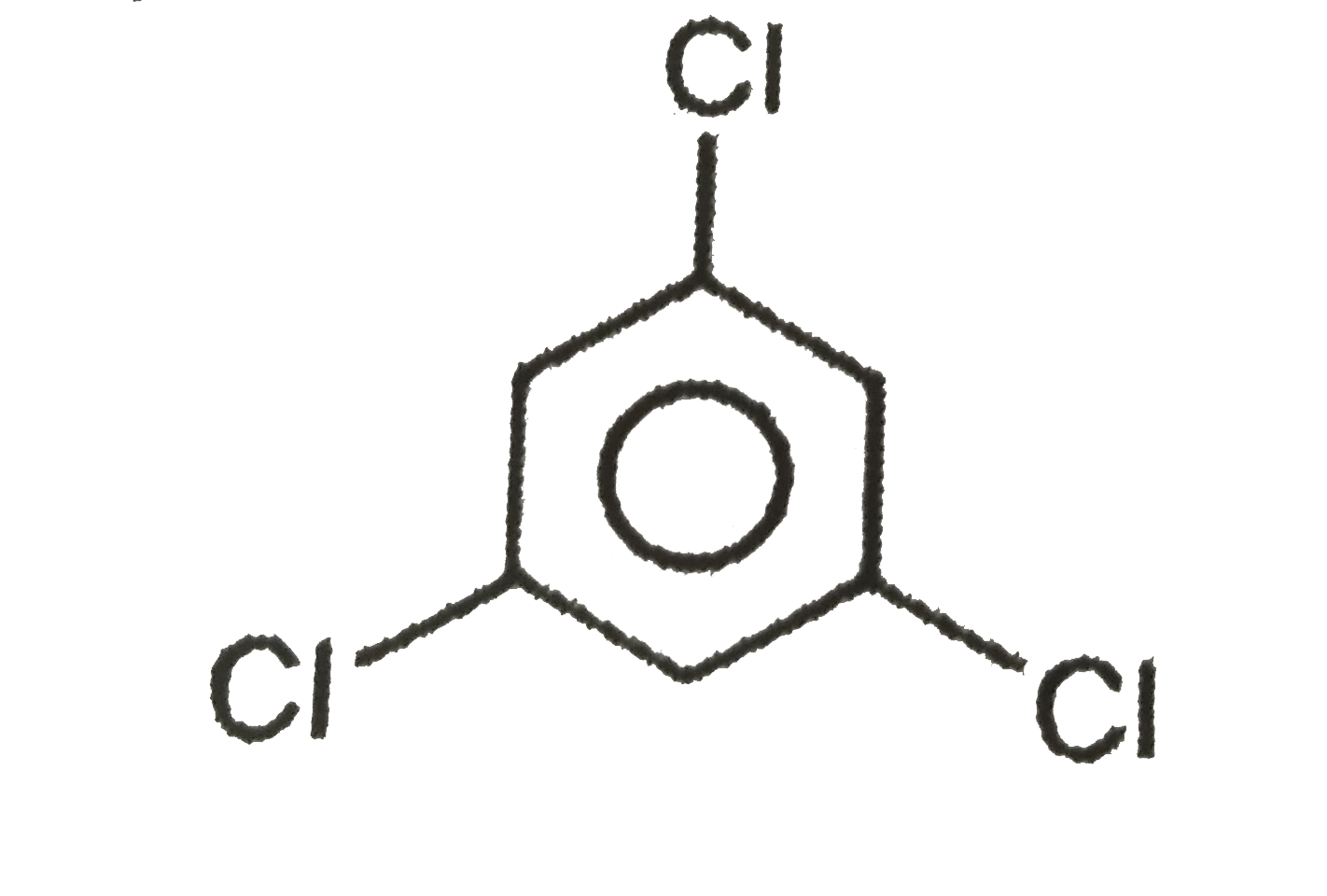 Sum of C_(2) & C_(3) axis of symmetry is
Sum of C_(2) & C_(3) axis of symmetry is
The correct Answer is:3+1=4
Step by step video, text & image solution for Sum of C_(2) & C_(3) axis of symmetry is by Chemistry experts to help you in doubts & scoring excellent marks in Class 12 exams.
Topper's Solved these Questions
- BOOK - RESONANCECHAPTER - STEREOISOMERISMEXERCISE - EXERCISE (PART III : ONE OR MORE THAN ONE OPTIONS CORRECT TYPE)14videos
STEREOISOMERISM
- BOOK - RESONANCECHAPTER - STEREOISOMERISMEXERCISE - EXERCISE (PART IV : COMPREHENSION)5videos
STEREOISOMERISM
- BOOK - RESONANCECHAPTER - STEREOISOMERISMEXERCISE - EXERCISE (PART I ONLY ONE OPTION CORRECT TYPE)10videos
STEREOISOMERISM
- BOOK - RESONANCECHAPTER - SOLUTIONSEXERCISE - Advabced Level Problems (PART-2)35videos
SOLUTIONS
- BOOK - RESONANCECHAPTER - STRUCTURAL IDENTIFICATIONEXERCISE - Advanced level Problems (Part-III)12videos
STRUCTURAL IDENTIFICATION
Similar Questions
Knowledge Check
- Question 1 - Select One
Statement-1 : The major product formed by the electrolysis of aqueous solution of

Statement-2 : The product has C3 axis of symmetry.AStatement-1 is True, Statement-2 is True, Statement-2 is a correct explantion for Statement-1.BStatement-1 is True, Statement-2 is True, Statement-2 in NOT a correct explanation for Statement-1.CStatement-1 is True, Statement-2 is False.DStatement-1 is False , Statement-2 is True. - Question 2 - Select One or More
Which of the following compounds will have C2 axis of symmetry?
A B
B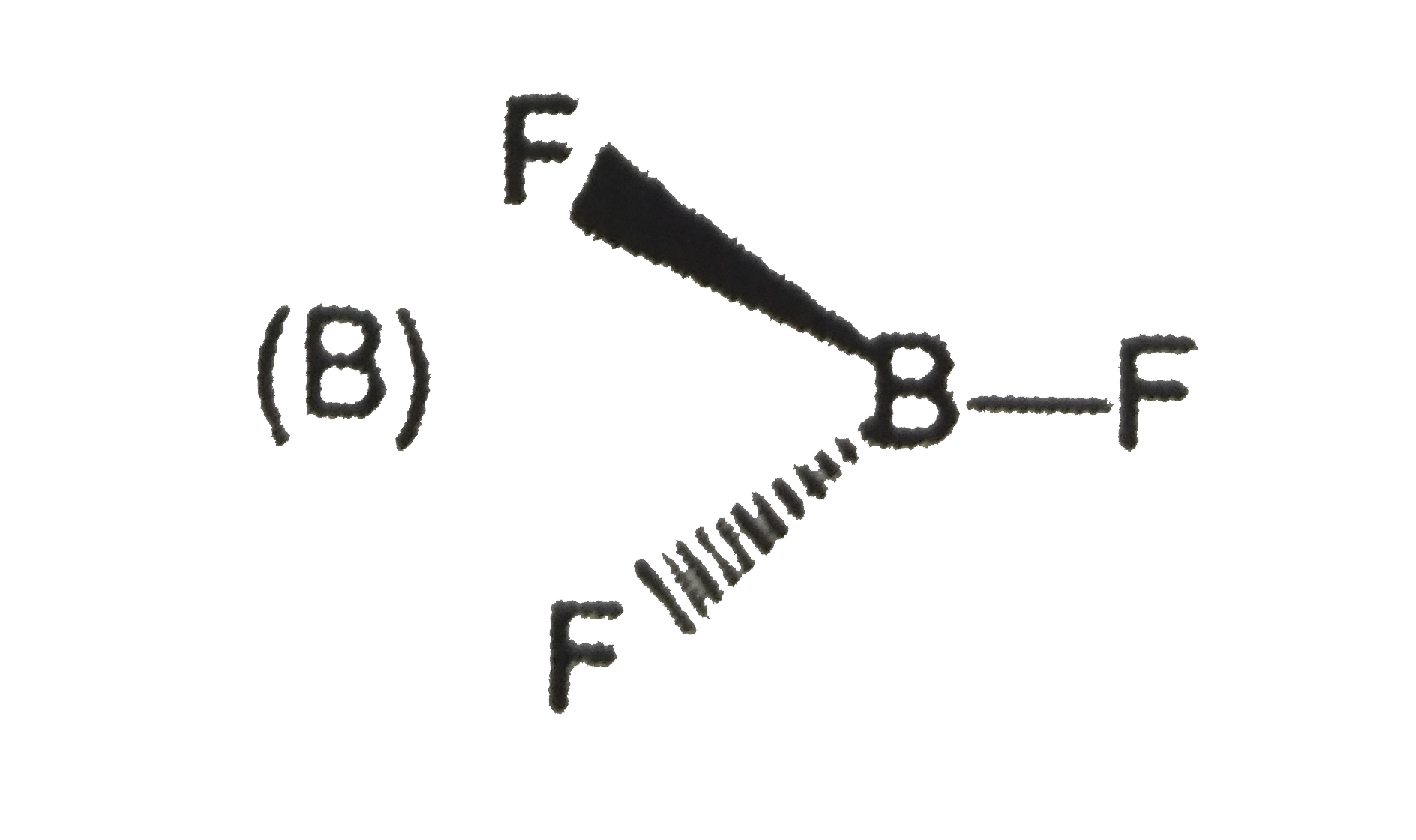 C
C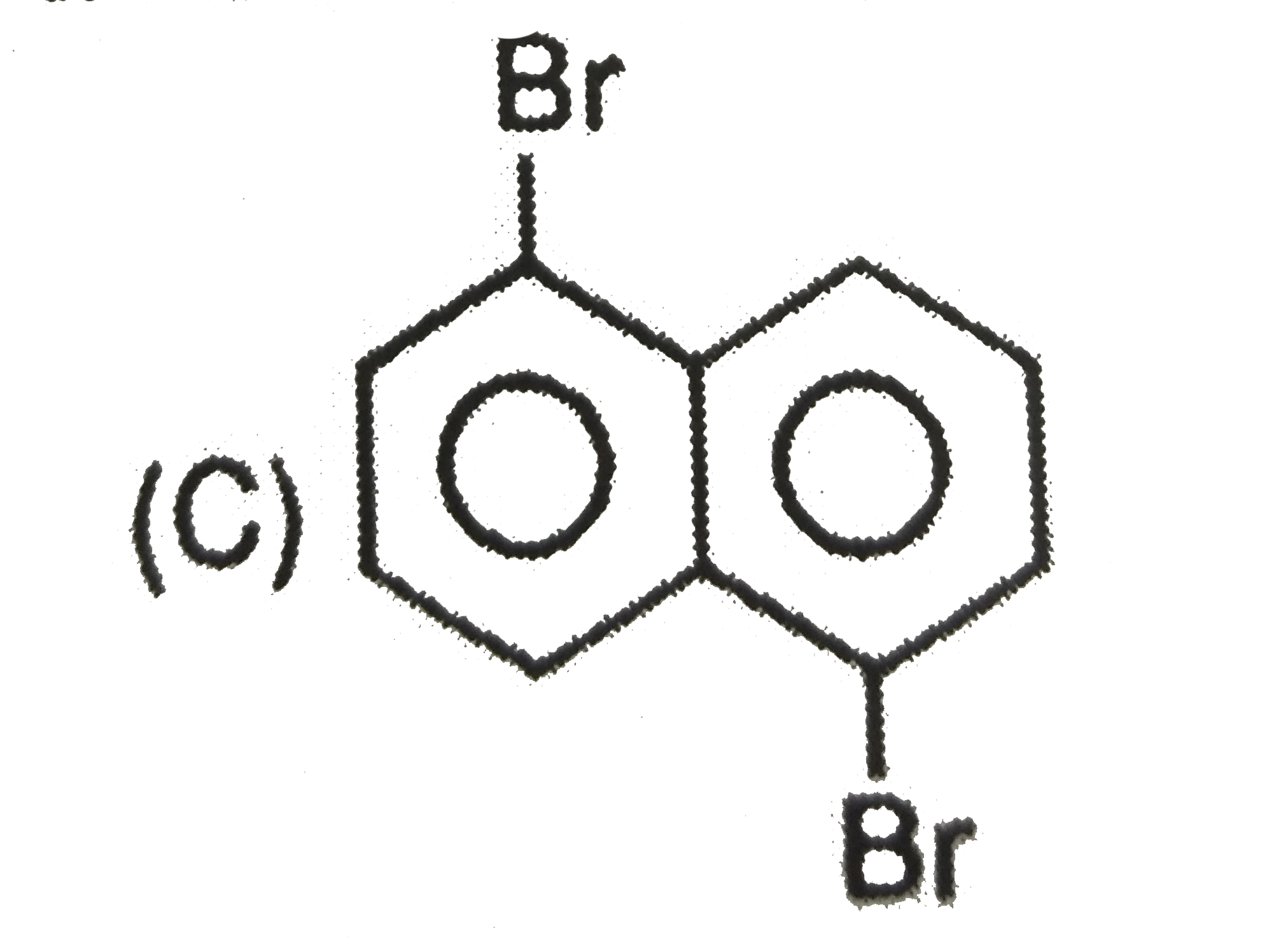 D
D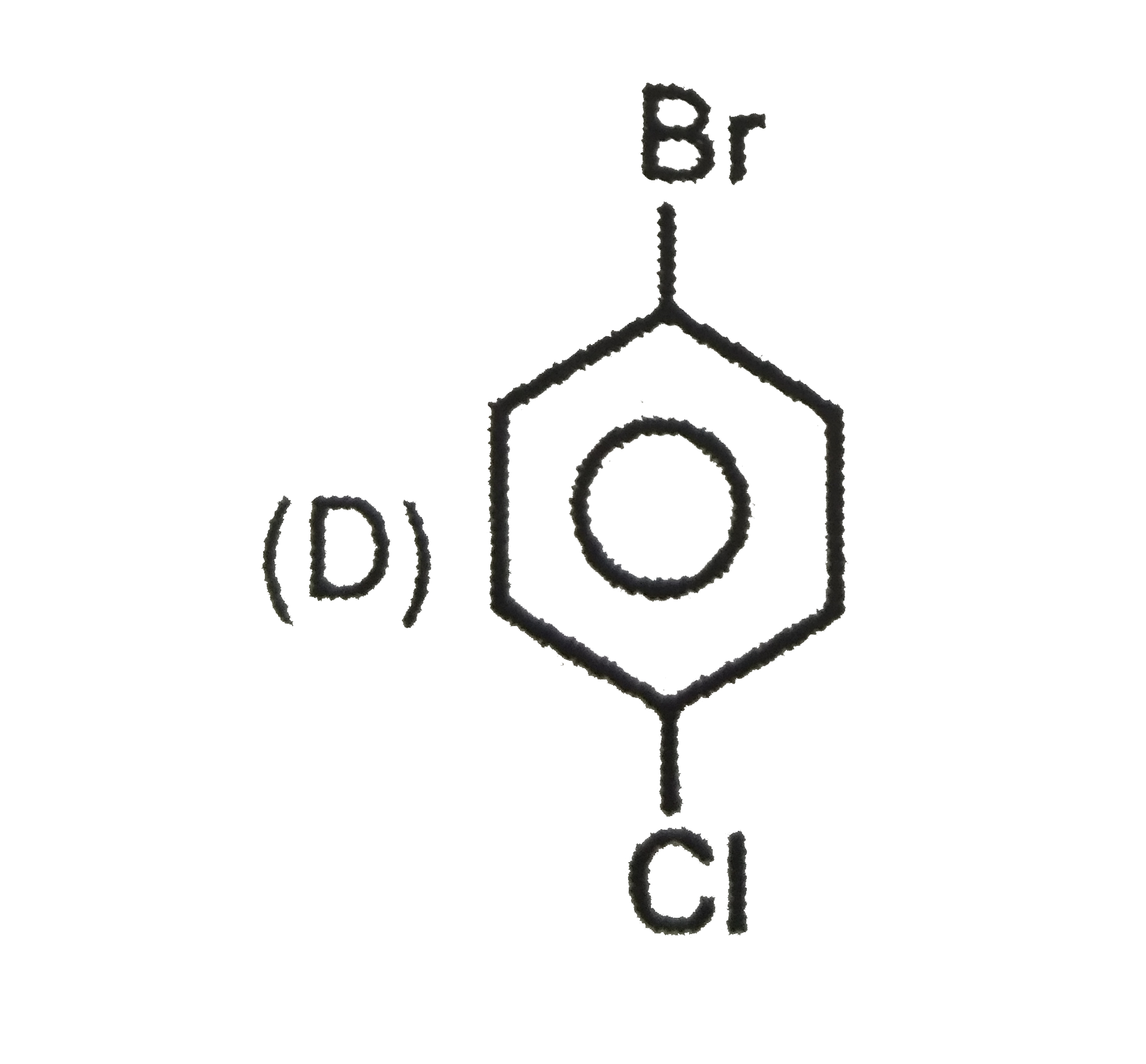
- Question 3 - Select One or More
Which of the following compound have C3 axis of symmetry.
A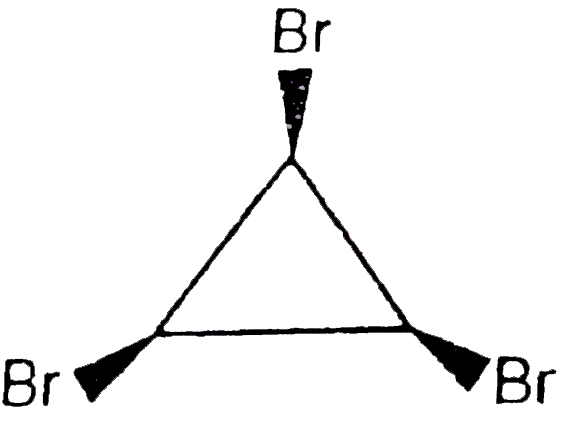 B
B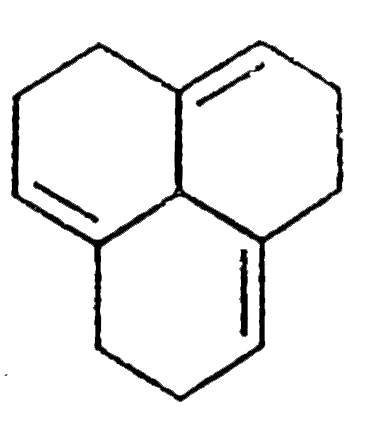 C
C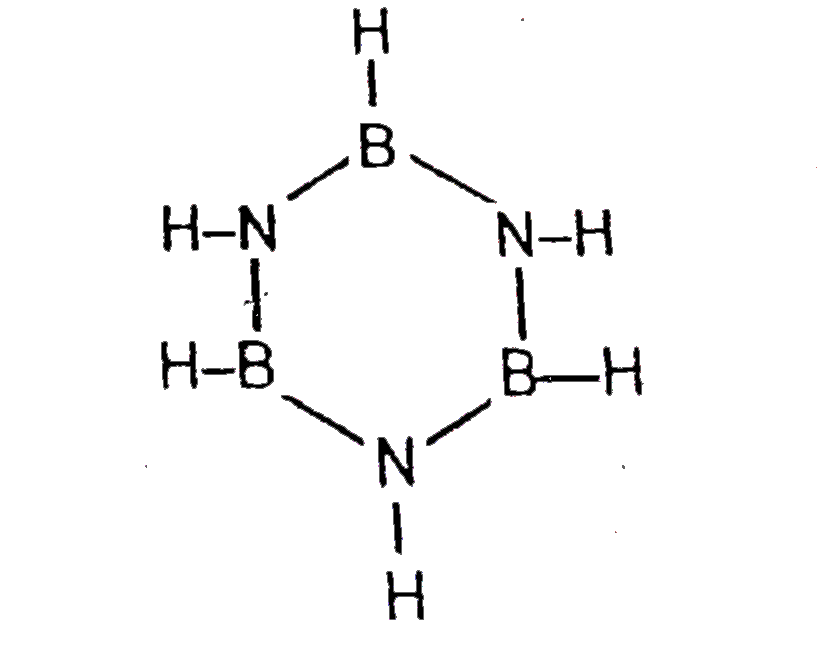 D
D
The axis of symmetry may or may not, overlap the Y-axis, which depends on the quadratic function. But axis of symmetry is always parallel to Y-axis.
View SolutionThe number of lines of symmetry of an isosceles triangle is (a) 0 (b) 1 (c) 2 (d) 3
View SolutionThe axis of symmetry, of a quadratic graph, is always parallel to
View SolutionThe sum of a2andcb3 equals the sum of twice to d and thrice to c. express b in terms of a,c and d.
View SolutionThe sum of a2andcb3 equals the sum of twice to d and thrice to c. express b in terms of a,c and d.
View Solution

